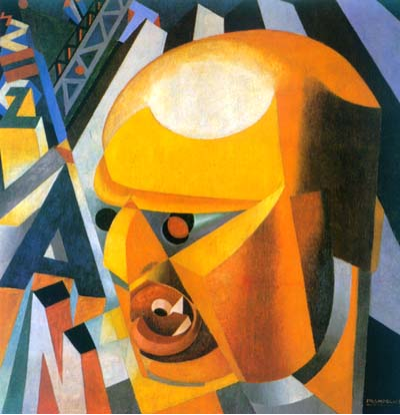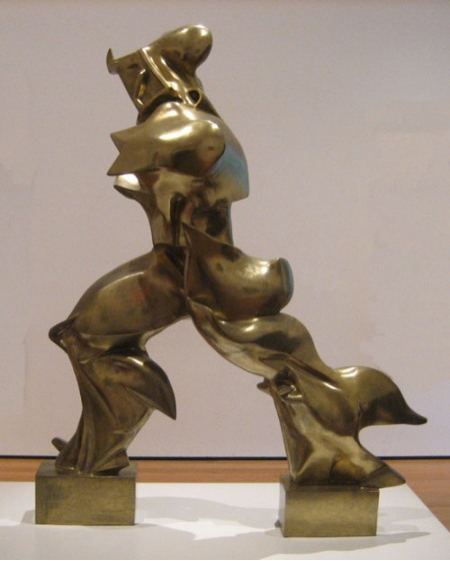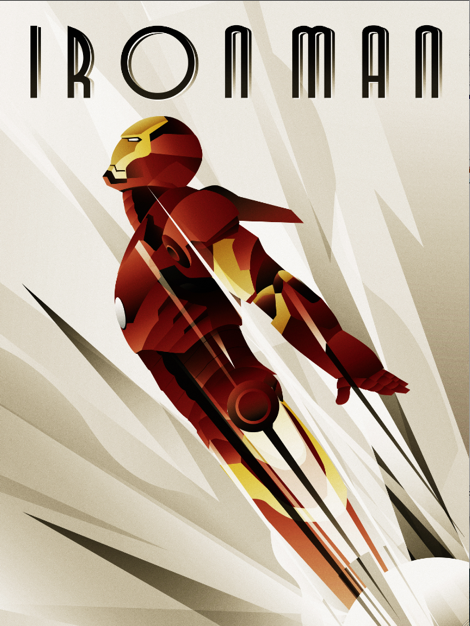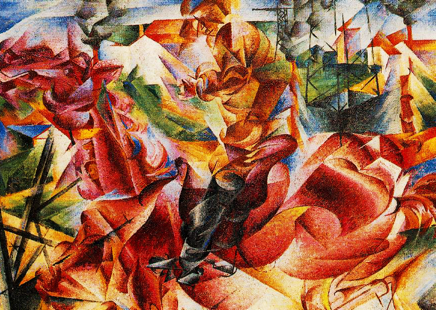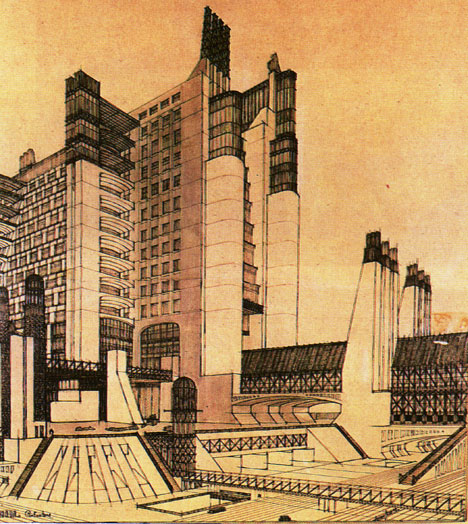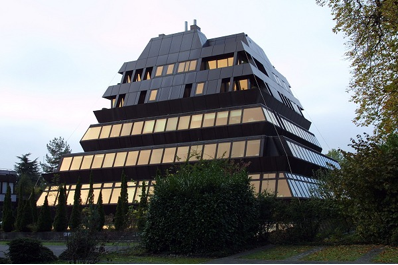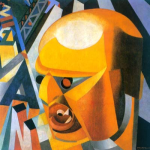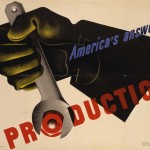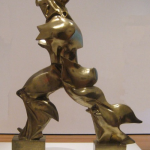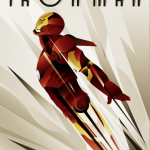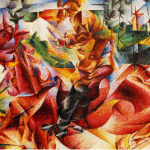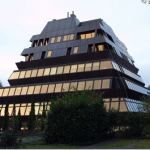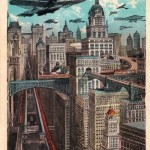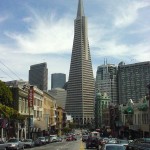Art is infused in everything…Do you not agree? Before you decide, you are invited to hear another perspective. Believe for a moment, that Art IS Information, and information is ALL. With this mindset, one can come to look at all the world and the objects and environments contained as having potential for great creation and destruction simultaneously, and always. We see this with words, with landscapes, with tools, with stars, and with animals like people. To me, life is an art that can be meticulously or haphazardly designed, a symbiosis with the environment, which speaks to each individual in an interaction between observers who can know little of each other’s state of existence with out direct experience/interaction—such as the stroke of a paintbrush on a canvas, or a visionary trance in another dimension. How important have the art movements of the past been on shaping, reshaping, morphing, and generally influencing culture? How do the works of art from movements like the Futurism, Constructivism, Art Deco, Surrealism, Dada, compare to their modern day counterparts in movies, popular media, and design? We see the ideas of the past come alive in an incredible array.
Could some of these movements and ideas, at least in part, have resulted in such phenomenon as future architecture, modern science fiction theater (Blade Runner, The Terminator) or works like George Orwell’s dystopian 1984? What about spaces and arms races, mass industrial pollution, or nuclear world war? Manifestoes from the Futurists describe a daring appreciation for technology, discarding the myth of the past, with an emphasis on militarism, patriotism, and “the beautiful ideas which kill.” Manifestoes from movements blossomed, and a floodgate of ideas compelled plebeians, the beau monde, and avant-garde alike. Were these Manifestoes simply guides for making a particular kind of art, or blueprints for radical social alteration, or perhaps all of the above and neither? Ideas will take their form, with ever-new visionaries born to breath light into further existence. With concise attention to the environmental pallet, the opportunity to create a Fortunate Rhythm may arise. Perhaps the turn of the century that produced Futurism and Constructivism can be seen as a kind of revolutionary modernization of the Art of Existence performed by humans. For the first time in history, humans were able to exert an unprecedented amount of control over their environment by employing the knowledge embedded in the art/objects/life around them; finally people were able to translate this embedded information, and use it to fuel a thought revolution. Technology appeared in a big way during this time of industrialization, and captured the imaginations, the livelihoods, and the aesthetics of communities.
All this must have taken place somewhere near the dawn of the age of novelty, with creation and destruction accessible to a super section of humanity; a time when just about anyone with an interest in art and information could gain access to a new perspective, and had the tools to communicate these new perspectives across communities and countries. From painters and musicians, to engineers, mathematicians, communists and capitalists, fascists and patriots, and users of all mediums of communication… People were beginning to completely upend and rethink the material functioning of society. Female artists for the first time could interact on parity with male counterparts, and the glass ceilings in art, politics, and society were finally being reevaluated. A new purpose could be discovered for people on a mass scale, emerging with noise symphonies, appreciation for the placement of lines, and an new philosophy attempting to merge production, efficiency, beauty, rationality, the machine…both mechanical and biological. The philosophies and manifestoes of the art movements became templates for creation for the creators… a way to transcend the everyday and become literally part of the environment, part of the lines on the page. “The human body is a tool to be disciplined on the basis of rhythmic mechanical criteria.” Ideas: never true, terribly destructive, incredibly beautiful, and can create you or destroy you. A friendly reminder, Neutral is never really neutral.
- Filippo Tommaso Marinetti – Quarta puntata
- Futurism Art Movement – Umberto Boccioni ‘Unique Forms Of Continuity In Space’
- Rodolforever: http://rodolforever.deviantart.com/gallery/?offset=0#/d5suf4i
- Umberto Boccioni Elasticity
- Antonio Sant’Elia
- Ferrohouse in Zurich
- Future New York, “The City of Skyscrapers”
- The Transamerican Pyramid in San Franciso, California
Waldon Brandisher
-ArtIsInFormation.org

